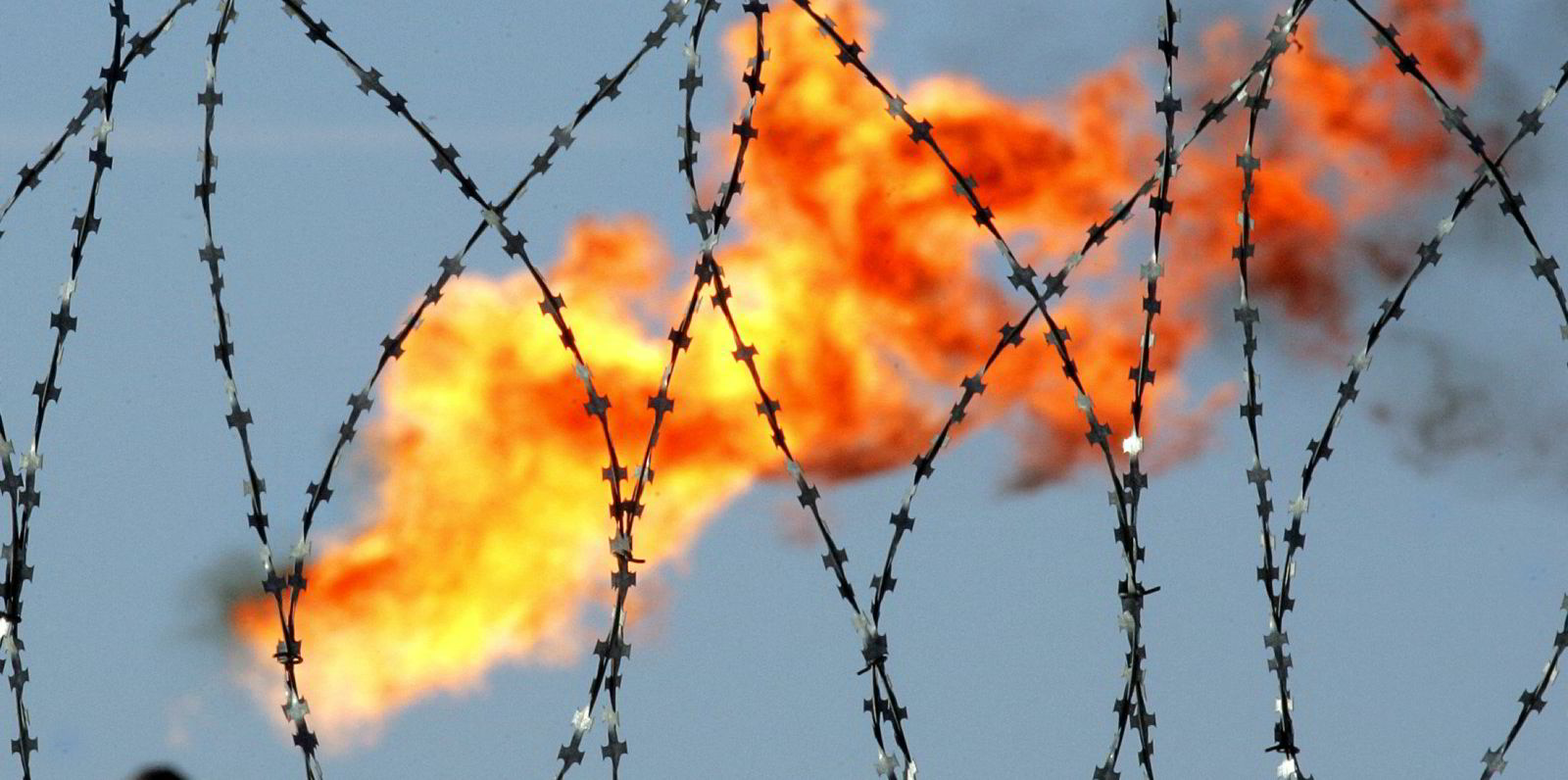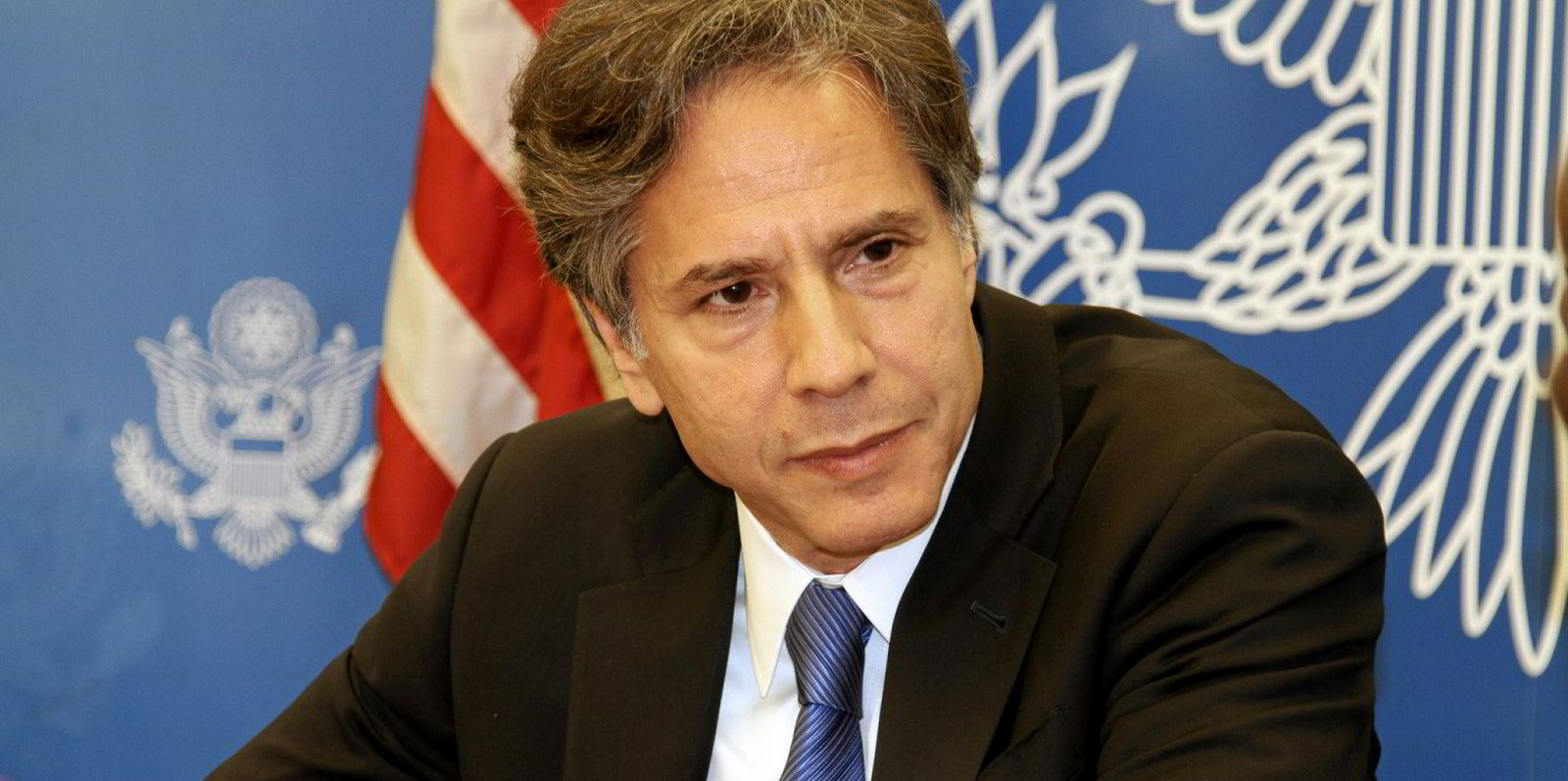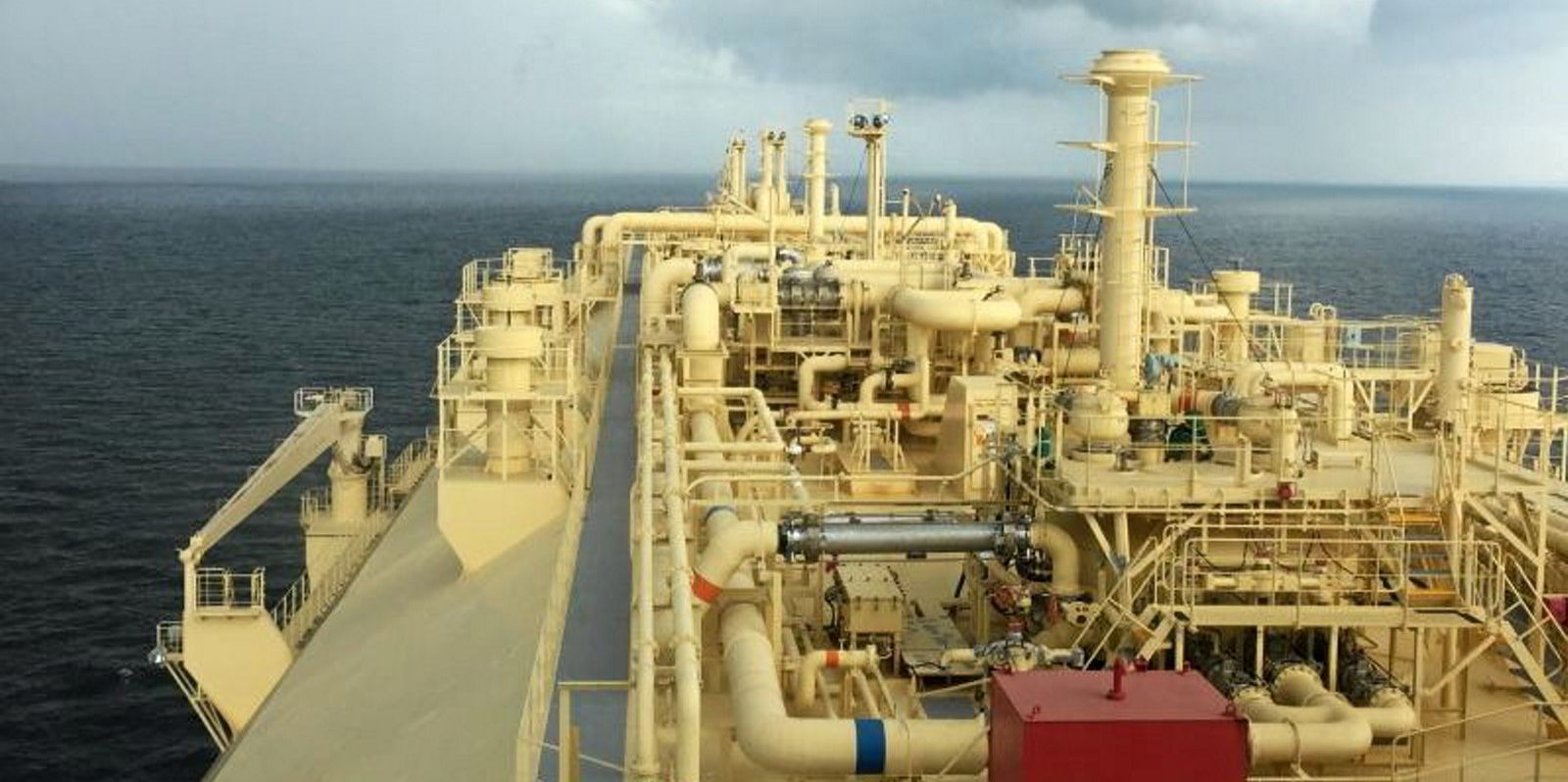Talk is reverberating around the market about how any escalation of the Ukraine-Russia tensions could affect the energy markets and the fallout this might have on shipping and its trading patterns.
Market observers say the prospect of heavyweight western sanctions against Russia would likely lead to oil and gas price rises for Europe, which could see changes in trades as buyers look for replacement supply and hit the pricing of bunker supplies for all shipping.
An incursion of Russian troops into Ukraine will likely push up oil prices, which have jumped over 40% since August 2021.
In an opinion piece, broker Affinity (Shipping) said the search for alternative sources of crude would boost VLCC demand from the Middle East.
The brokerage’s research arm said this would likely have a “ripple effect” on the aframax sector, with vessels normally lifting from Russian terminals ballasting to lift cargoes from elsewhere.
Russia could be forced to ship cargoes to buyers in China and India as alternatives, or pipe supplies to Asia, so cutting demand for suezmax and aframax tonnage.
“We could even see a pre-emptive rush to secure volumes, with crude oil storage on VLCCs off the coastline of Europe coming into play,” Affinity Research said.
But the broker added: “Overall, the impact on the crude oil tanker markets would be a negative one”, with more volumes being taken out of the market at a time when demand is already weak.
In contrast, Affinity sees a potential boost to product tanker tonne-miles from any Russia-Ukraine conflict as Asia and Middle East supply would likely replace Russian volumes.
But it said: “... the first potential consequence, which would affect all [shipping] segments, would be higher bunker costs, exacerbated by any real or perceived squeeze on already tight oil markets.”
- Crude and oil product exports from Russia to Europe are about 6.5m barrels per day
- Russia accounts for 50% to 60% of Europe’s 4m to 6m tonnes per month of seaborne diesel and gasoil imports
- 40% of gas consumed in Europe comes from Russia
- Russia’s Ust-Luga complex is the single largest provider of naphtha for delivery to north-west Europe, supplying around 500,000 tonnes per month or a third of total naphtha flows into the region in 2021
This would come at a time when bunker prices are already at historical highs, the broker said.
In the gas sector, commentators said that any move on Ukraine by Russia will likely push up prices.
LNG cargo flood
Tougher sanctions by the west may prompt Russia to cut gas supplies to Europe at a time when European inventories are being built back up from pre-winter lows. The suspension of planned imports to Germany from the Nord Stream 2 pipeline would also pile on the pressure.
LNG volumes have already been flooding into Europe in December and January as the region moved to replenish its storage. In contrast, demand from Asia has been lower than predicted on the back of a warmer-than-expected winter and buyers having stocked up in late 2021.

The US has talked of stepping into the breach to shore up European supply if Russia turns off the taps.
This would result in more US cargoes heading directly to Europe holding down shipping tonne-miles, which had recently been elevated by diversions of Asia-bound shipments that have been rescheduled for European discharge.
But market analysts question how much additional volume the US can muster at short order for Europe.
In a fresh sign of the rising tensions, Russia's strategic 170,000-cbm floating storage and regasification unit Marshal Vasilevskiy (built 2018) has been moved back to Kaliningrad. The unit was built to ensure gas supplies to the Russian exclave.
Some commentators watching the build-up of Russian troops on the Ukrainian border have said Russia is waiting for winter to bite so its tanks can manoeuvre easily on more solidly frozen ground.
But then Europe will also likely be looking outwards from its peak gas demand season.
“If the Russian government hopes to use gas in its escalation strategy, however, it will need to bring the confrontation to a head soon before the leverage from this source diminishes with the approaching end of winter,” Affinity said.






